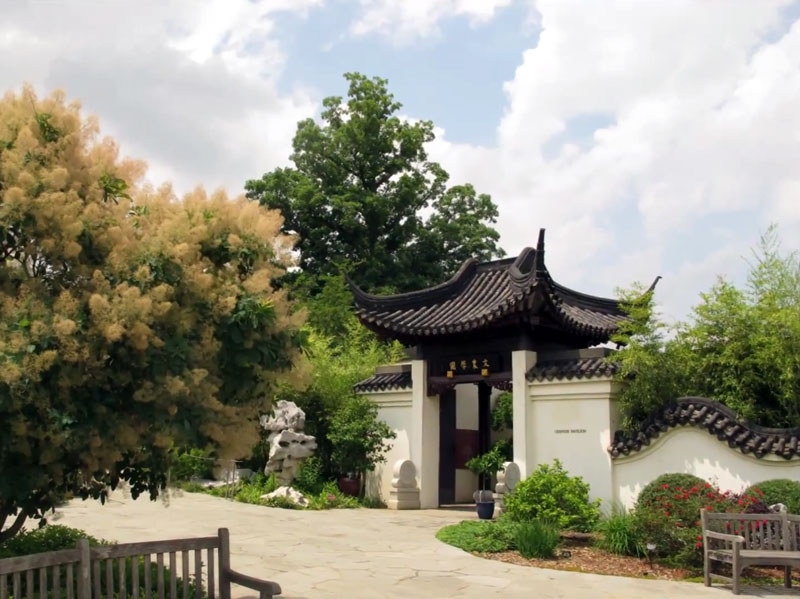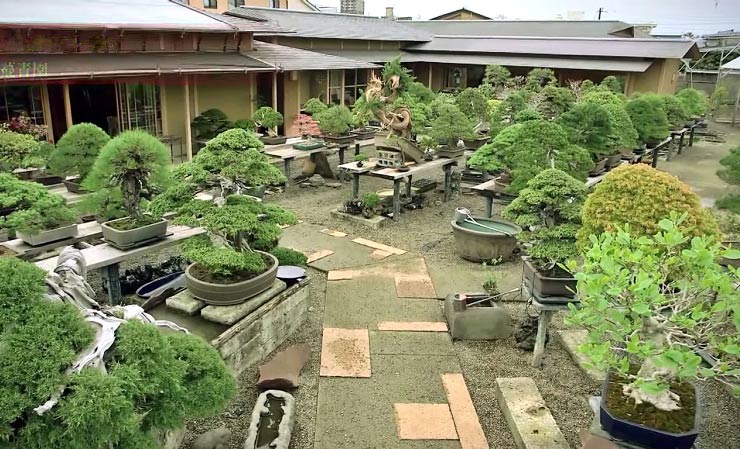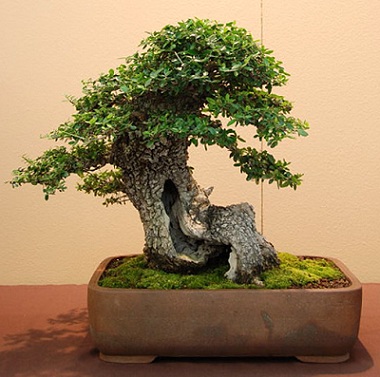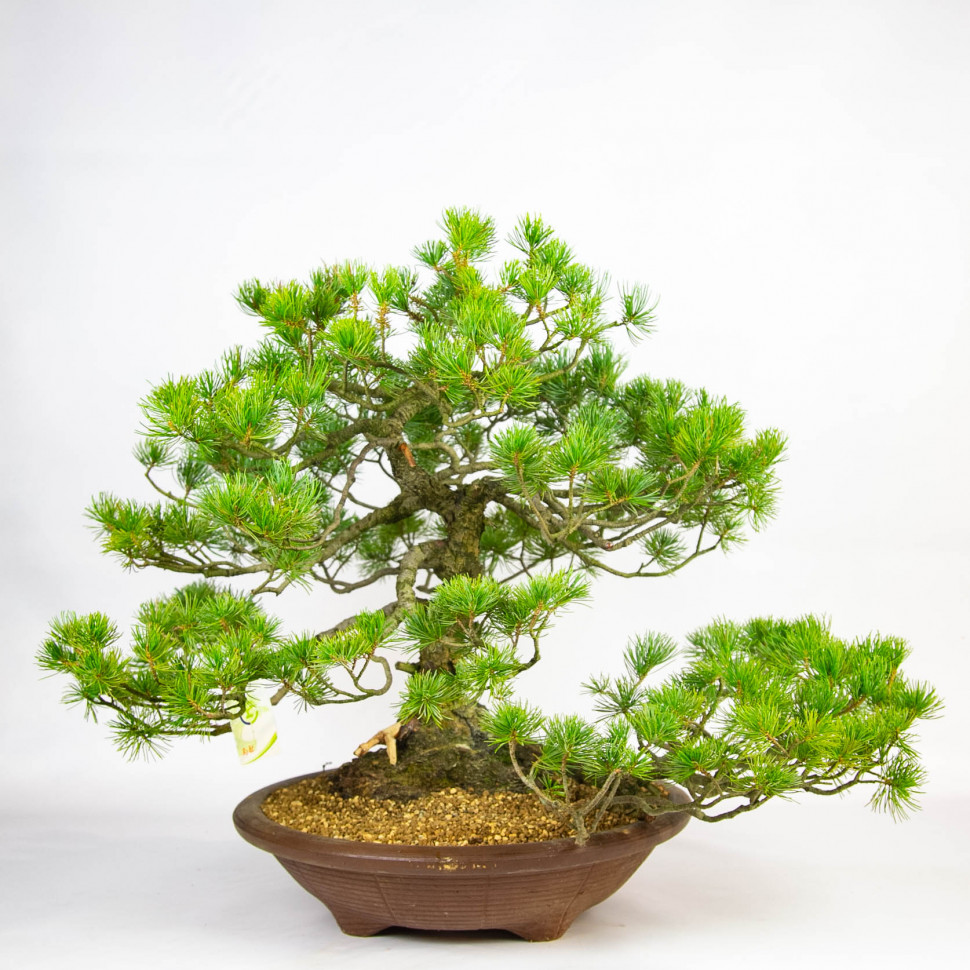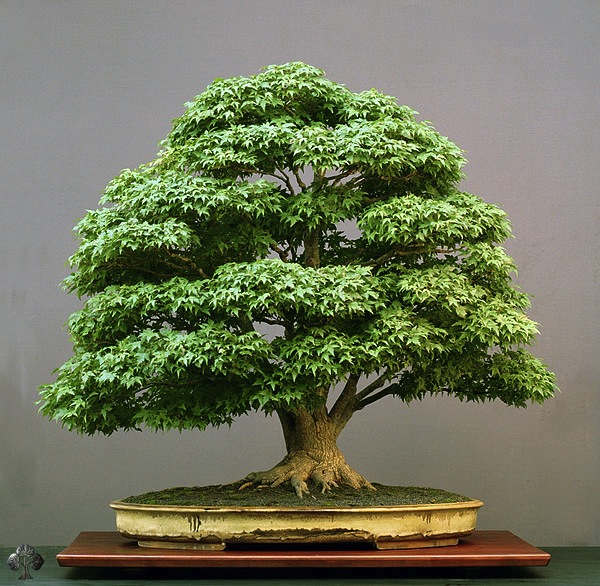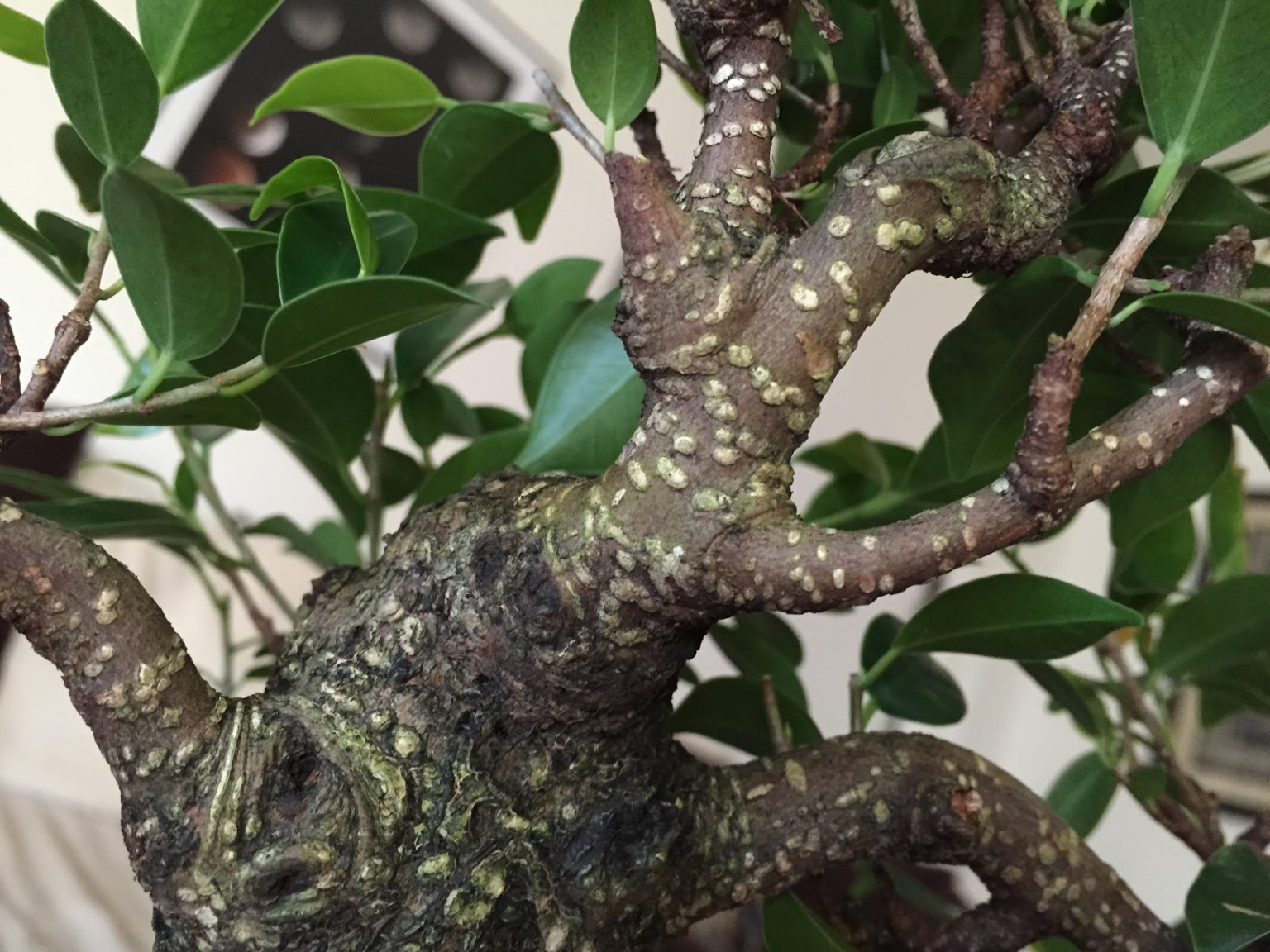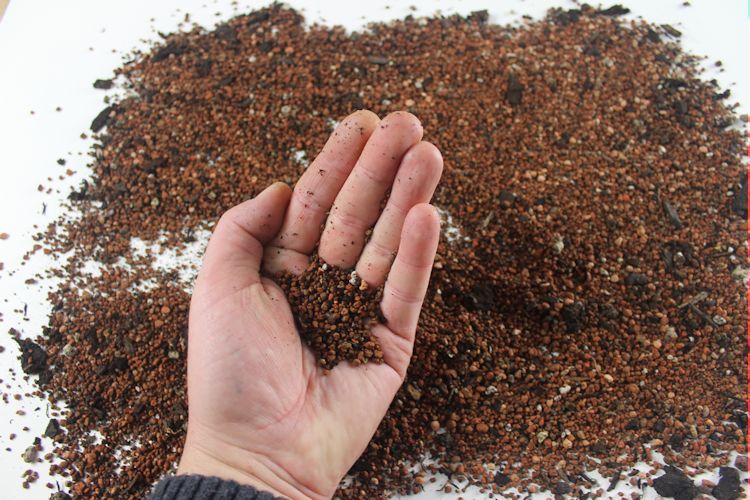Saburo Kato emigrated from the devastation of post-war Japan as the most devoted "guardian of bonsai." In 1980, at the International Bonsai Convention held in Hawaii, he spoke about the "spirit and philosophy of bonsai." Kato is one of the most revered figures in the art bonsaiin Japan and around the world.
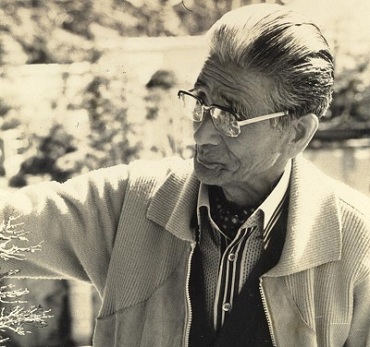
Born on May 15, 1915, Saburo Kato has had a major influence on modernhistory bonsai. As the eldest son of bonsai master Tomekichi Kato, he helped restoreOmiya Bonsai VillageIn the 1930s, he began working with Picea glehnii and developed basic techniques for growing and shaping it as bonsai. After his father's death in 1946, he became the third-generation owner of the Mansei-en bonsai garden (one of five bonsai nurseries in Omiya Village).
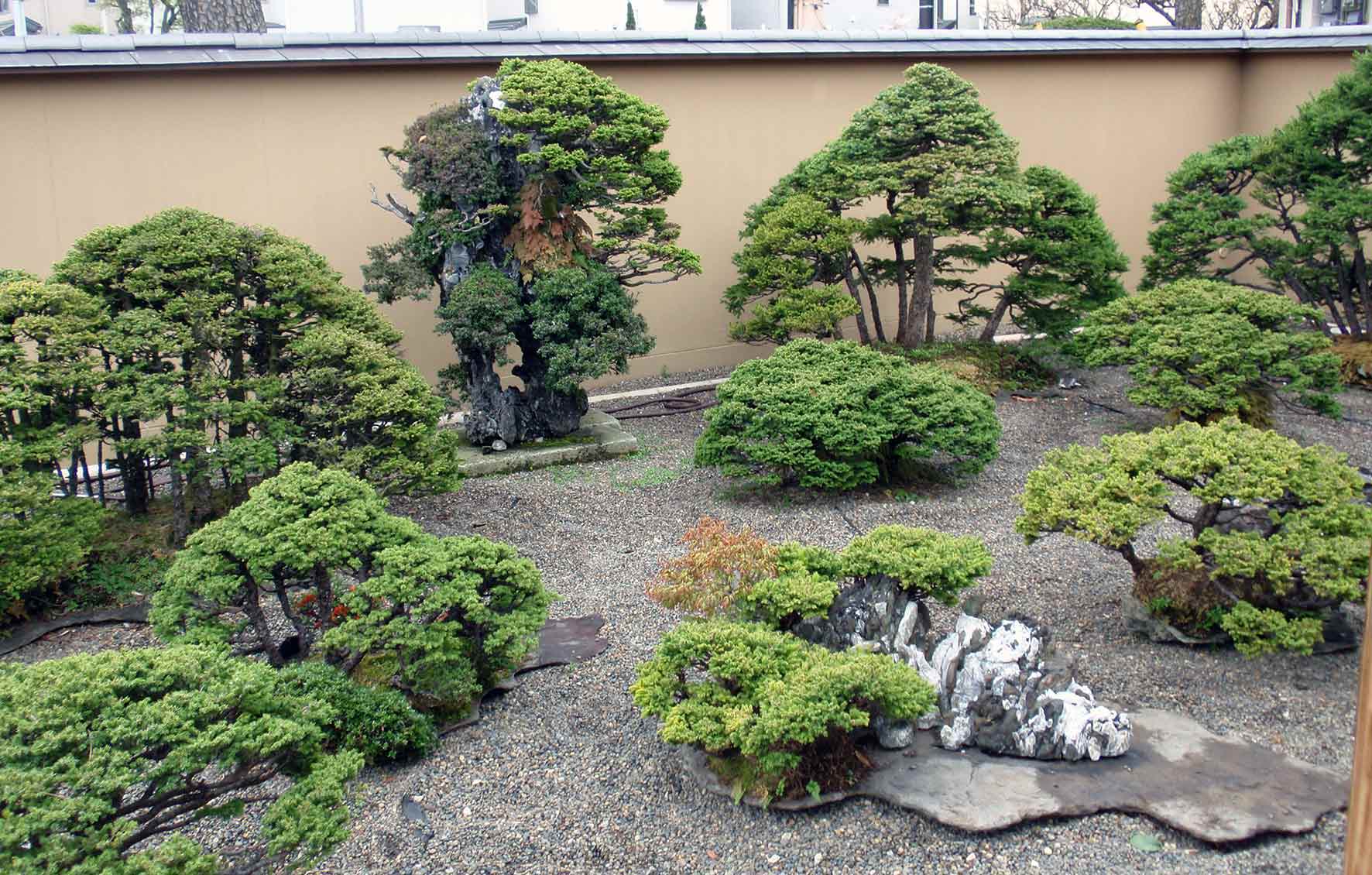
World War II was a tragedy for the entire world. Japan was under general mobilization. All the bonsai had to be replanted from their pots into the open ground and watered late at night. The Kato family was criticized, but they continued to care for the bonsai. By the end of the war, only a small number of the bonsai in Omiya were saved, many trees were damaged. The post-war years were especially difficult, as very few people could afford bonsai.
American soldiers who occupied Japan gradually became interested in bonsai and exchanged bonsai for medicine and food. The art became very popular and General MacArthur organized courses at his base. Americans began to buy trees and the Kato family's affairs gradually improved. Due to such interest from the Americans, Mr. Kato was able to revive and begin to develop the art of bonsai. This interest strengthened the faith of other remaining producers, and they continued to restore the culture. Later, bonsai was completely revived in Omiya and later throughout Japan.
As the country began to recover, Saburo Kato's ability to bring people together led to the organization of the Bonsai Growers Cooperative Association and the Nippon Bonsai Association. He served on the committees responsible for the annual Kokufu bonsai exhibition, Expo 70 in Osaka, donated a bicentennial bonsai to the United States in 1976, and co-authored the Master's Book of Bonsai.
In Japan Expo 70, he met Haruo "Papa" Kaneshiro and they became good friends. Haruo taught him the customs of the Western world. After meeting Ted Tsukiyama and other members of the Hawaiian and international bonsai community, Kato launched the "Internationalization of Bonsai". In September 1979, Haruo Kaneshiro and Seburo Kato visited Fuku-Bonsai and selected many bonsaiFicus benjaminato present them at the 1980 International Bonsai Congress, which was held in Hawaii. The theme of IBC 80 Hawaii was: "Bonsai - A Bridge to International Friendship!"
IBC 80 in Hawaii was the first international convention involving Japan outside of Japan, followed by other international conventions. The result was the establishment of the World Bonsai Friendship Federation, which was formally formed in Japan in 1989 at the World Bonsai Convention in Omiya. Saburo Kato has held exhibitions in Australia, New Zealand, Europe and the United States. In 1985, he was awarded the Japanese Medal of Honor. He served as the head of the Nippon Bonsai Association and chairman of the World Bonsai Friendship Federation until his death.
In 1986, Kodasha Publishing Company (Tokyo) published "The Beauty of Bonsai by Saburo Kato". This is a magnificent large format book with many color illustrations. The Beauty of Bonsai is a classic bilingual international book on bonsai.
Saburo Kato is one of the six people included in the Fuku-Bonsai International Honor Roll. Kato believed that bonsai could be the basis for world peace. Absolutely everyone admired bonsai in pots, thanks to this, people from different countries could become friends, organizations in different parts of the world would work together, as a result, a commonwealth of all the peoples of the world would appear and politicians would no longer be able to start a war!
Saburo Kato was a master of variousbonsai styles, and created many of his own. His bonsai had an elegant simplicity due to meticulous planning, attention to detail, and a keen understanding of nature. Kato is particularly known for his work withGlen's Sprucebonsai in group style. Rarely do we find such humble people with such enormous talent. He is a philosopher and an international leader with boundless energy. Undoubtedly, Saburo Kato was and is the spirit of the international bonsai movement and a fighter for world peace.
On February 8, 2008, Master Saburo Kato passed away in Omiya at the age of 93. Saburo Kato brought the art to the masses. The result was a revival of interest in bonsai not only in Japan but throughout the world.

